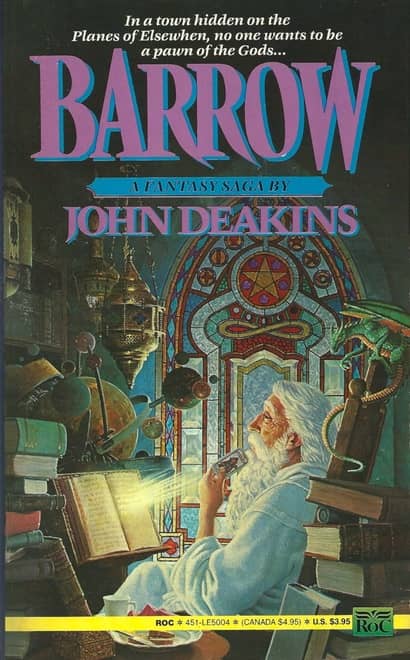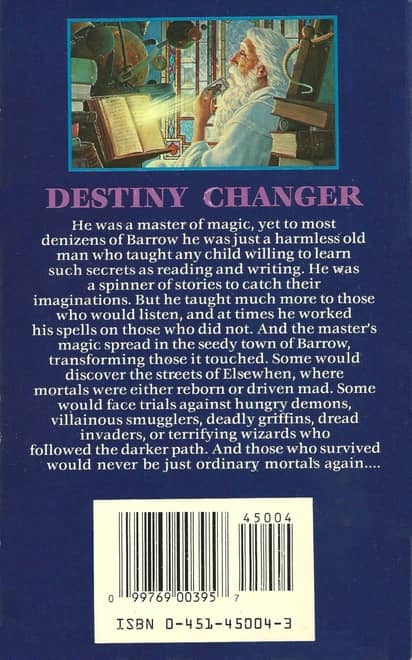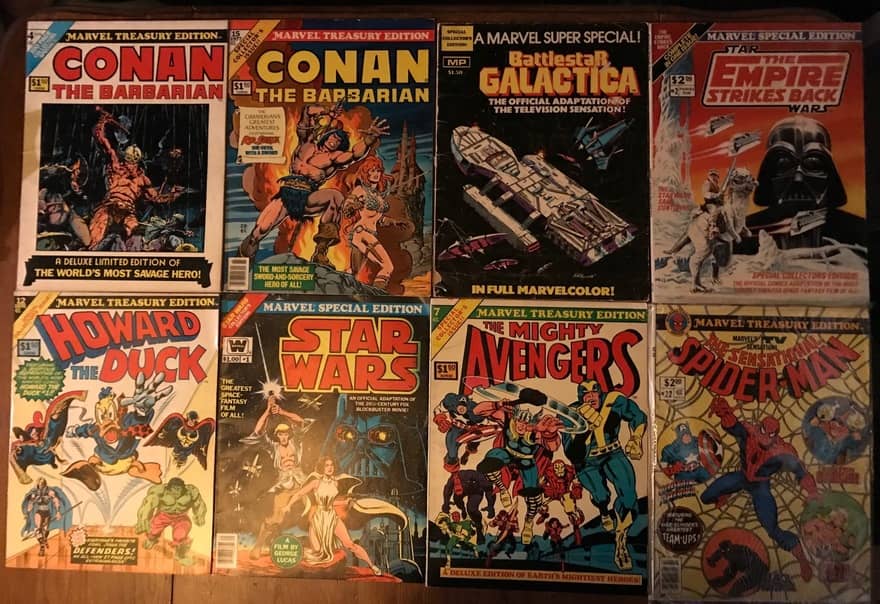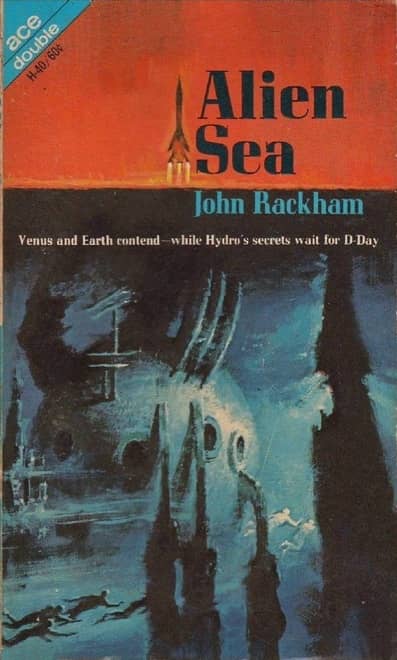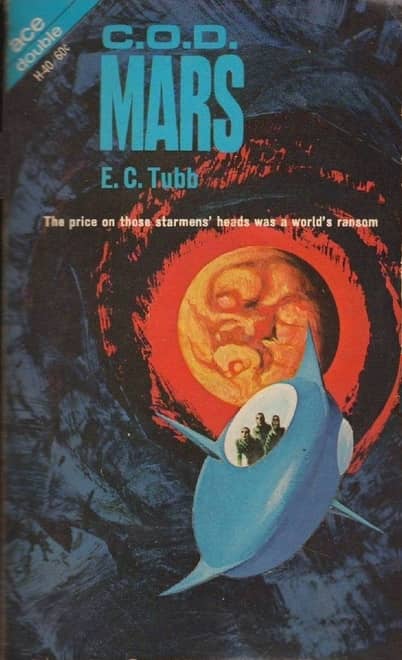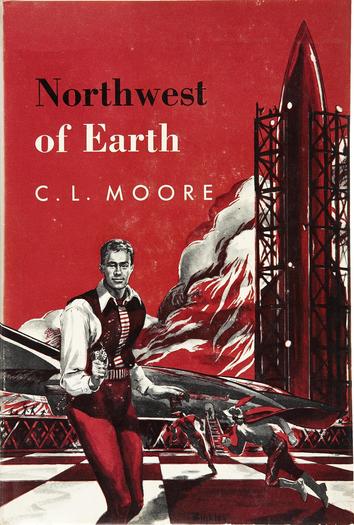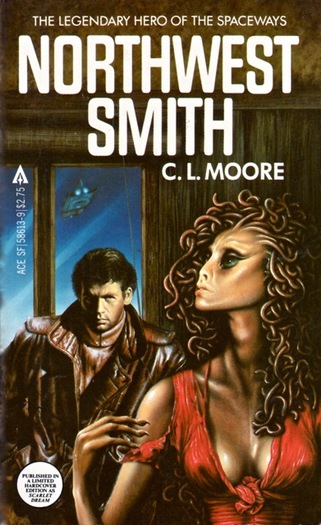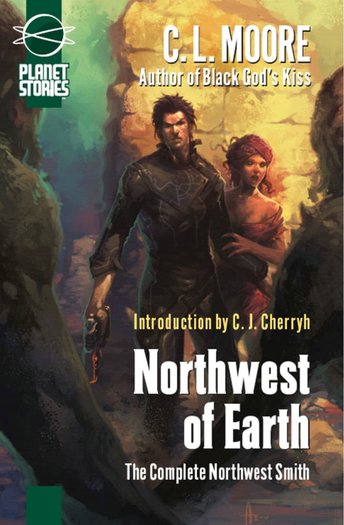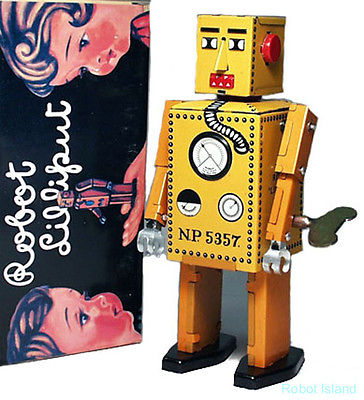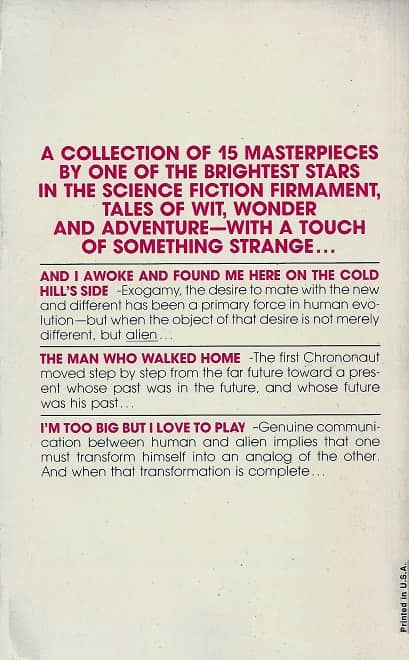Short Sharp Adventures: World of the Masterminds / To the End of Time and Other Short Stories by Robert Moore Williams
 |
 |
At the very top of my Books to Read shelf I have a slowly growing collection of Ace Doubles. I usually work my way forward numerically, starting with the D series, but will occasionally jump back a few if a new addition arrives. Thanks to this habit (and some other haphazard literary tastes) I am still, pleasantly, stuck within the Ace Double D range.
The next one in the schedule is a well preserved book with both sides by the same author, Robert Moore Williams. Ace Double D-427 comprises a “complete” novel, World of the Masterminds, and a collection of short stories, To the End of Time and Other Stories.
Robert Moore Williams wasn’t an author I was familiar with, although Black Gate readers will have encountered the odd mention of him, including a 2015 review by Rich Horton of the Ace Double The Star Wasps by Robert Moore Williams, paired with Warlord of Kor by Terry Carr.
